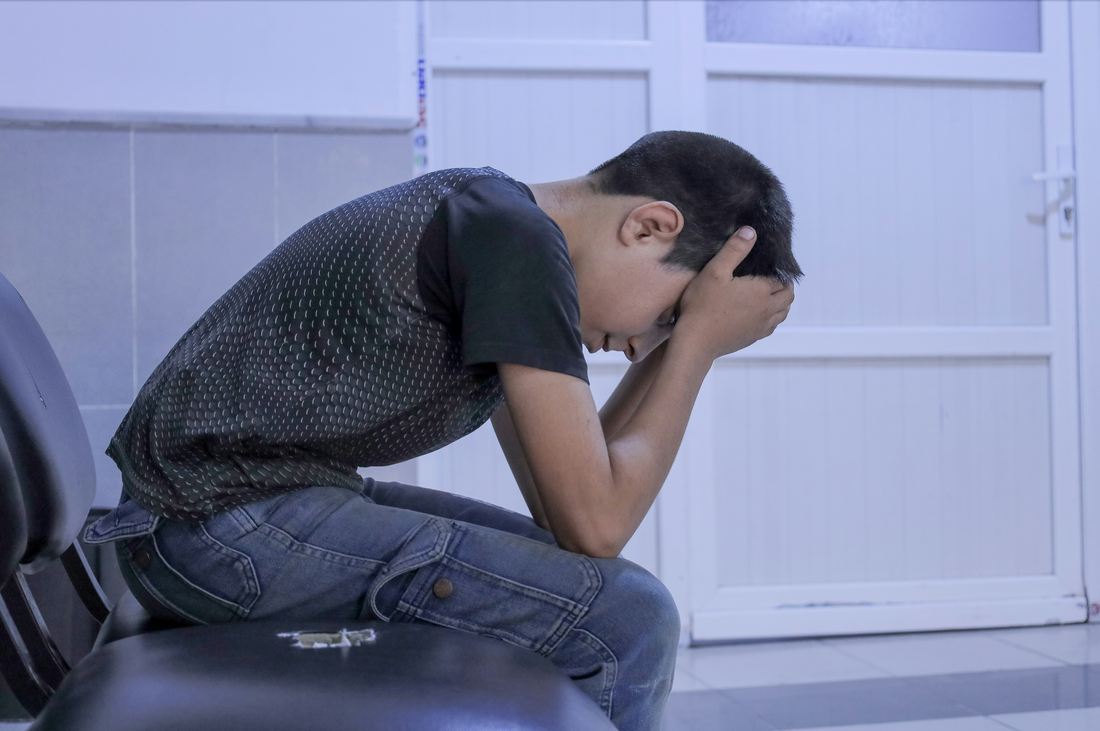
My Child Is Anxious — How Can I Support Them at Home?
If you’ve ever watched your child wrestle with big worries, you know how helpless it can feel. Maybe it’s bedtime fears, stomach aches before school, or a constant need for reassurance. Childhood anxiety is more common than many realize, and as parents, we want to know: what can I do at home to help?
The good news is this: your presence and connection are the most powerful tools you have.
Explore the Thriving Together series here.
Why kids get anxious
Anxiety is part of being human. For children, it often shows up when life feels unpredictable, overwhelming, or too big to handle alone. Their brains are still learning to regulate emotions, so they borrow our calm to steady themselves.
That’s why your role as a safe base matters so much. When your child knows you’re steady, they learn they can be steady too.
What you can do at home
- Keep predictable routines. Anxiety shrinks when life feels safe and structured. Simple rituals like morning fluffies, after-school snacks, or bedtime stories give kids anchors.
- Offer calm 1:1 time. Even 30 minutes of parent–child connection can lower a child’s stress hormones and remind them they don’t face their worries alone.
- Name their feelings. Saying, “I can see you’re worried about school,” helps kids feel understood, and makes the fear less overwhelming.
- Model calm coping. Take deep breaths together. Go for a walk. Bake muffins. Kids learn how to handle anxiety by watching us.
- Build small wins. Don’t push them to “get over it” all at once. Break scary things into steps, and celebrate progress.
- Talk through Exit Strategies. Anxiety is usually fear of something unknown in the future. So talking through exit strategies or options related to their fear can be helpful. For example, "If no one talks to you at lunch, you could go to the library." More often than not, your child's fear will not eventuate, but having the exit strategy provides a feeling of control and safety in the moment.
The role of connection
Research shows that secure attachment acts like armor against anxiety. When children feel truly connected to a caregiver, they can handle stress better. It’s not about eliminating every worry, it’s about teaching their nervous system, “I’m safe. I’m not alone.”
That’s why intentional 1:1 dates are so powerful. They’re not just fun, they’re therapeutic. They send a clear message: “You are loved, chosen, and secure.”
A practical tool for parents
If you’re not sure where to start, our Thriving Together series was created exactly for this. It gives you ready-to-go parent–child date ideas designed to deepen connection, calm anxiety, and create joyful moments. Each activity is simple, doable, and rooted in what we know about children’s emotional needs.
Explore the Thriving Together series here.
If your child is anxious, you don’t need to have all the answers. You don’t need to fix every fear. What they need most is you...steady, present, and willing to walk with them through it.
With connection, calm routines, and small steps, you can help your child feel safe again.

